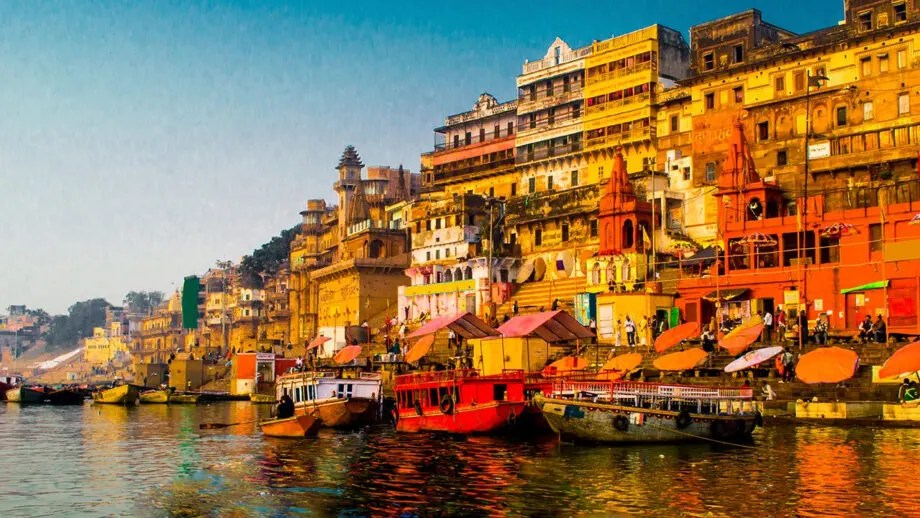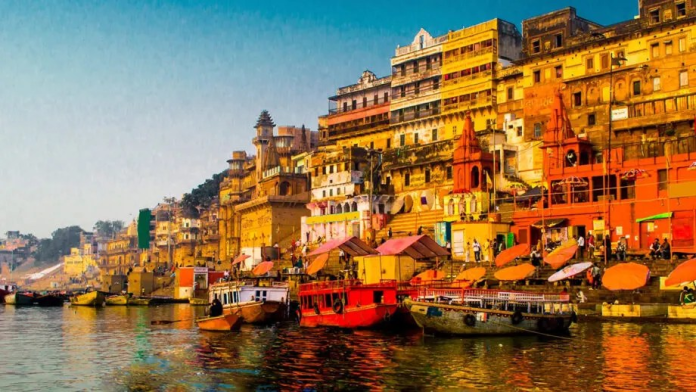India, officially the Republic of India, is a South Asian country, the seventh-largest by area and the second-most populous, trailing only China. It’s also the world’s largest democracy. This article explores some fascinating and lesser-known aspects of India.
-
Varanasi: The Ancient City: Varanasi (also known as Benaras), situated in Uttar Pradesh, is considered one of the world’s oldest continuously inhabited cities, with a history tracing back approximately 5,000 years. A significant center for Hinduism, it’s renowned for its spiritual significance and its association with Sanskrit, yoga, and Hindi. Its location on the Ganges River makes it a prime pilgrimage and tourism destination.

2. India: The Original Source of Diamonds: India was the world’s first known source of diamonds, from the 4th century BC until approximately 1000 AD. Initial discoveries were in the Krishna River delta. These diamonds were traded extensively along the Silk Road. While major diamond deposits were later discovered in Brazil and South Africa (starting in the 18th century), India’s historical importance in diamond mining remains undeniable.

3. The Birthplace of Chess: The game of chess originated in India during the Gupta Empire (6th century AD). Initially called “Chaturanga,” meaning “four divisions” (referencing the military), its pieces represented infantry, cavalry, elephants, and chariots. Over time, these evolved into the modern pawn, knight, bishop, and rook.

4. A Powerful Military: India possesses the world’s third-largest standing army, after the United States and China. The President of India serves as the Supreme Commander, while the Chief of Army Staff (General) manages daily operations.

5. The Taj Mahal: A World Wonder: The Taj Mahal, a 17th-century mausoleum built by a Mughal emperor to honor his wife, is one of the New Seven Wonders of the World. Its exquisite white marble architecture attracts millions of visitors annually.

6. Tea: The National Beverage: Tea is deeply ingrained in Indian culture, With an annual consumption of over 1.1 billion kilograms (as of 2021), a significant portion of the population partakes in this beloved beverage.

7. A Spice Powerhouse: India is the world’s leading producer, consumer, and exporter of spices, contributing a significant portion to global spice production.

8. Mausiniram: The Wettest Place: Mausinram, in Meghalaya, holds the record for the wettest inhabited place on Earth, experiencing an average annual rainfall exceeding 11,873 millimeters.

9. The Statue of Unity: A Colossal Structure: Located in Gujarat, the Statue of Unity, dedicated to Vallabhbhai Patel, holds the title of the world’s tallest statue.
10. Chenab Bridge: Engineering Marvel: The Chenab Rail Bridge in Jammu and Kashmir is the world’s highest railway bridge, spanning the Chenab River at a breathtaking height.
11. A Tapestry of Languages: India is a richly diverse linguistic landscape, with over 121 languages and nearly 270 mother tongues, alongside 22 official languages. Hindi is among the most widely spoken. Sanskrit is often considered one of the oldest languages globally.

12. Humble Beginnings of India’s Space Program: The early days of India’s space program involved transporting rockets by bicycle and satellites by bullock cart, highlighting the resourcefulness and determination of its pioneers.

13. Vegetarianism: A Cultural Norm: India boasts a considerable vegetarian population, representing a significant percentage of its total inhabitants. This is partly attributed to the influence of Buddhism and Jainism.

14. Yoga’s Ancient Roots: Yoga, a practice with a history exceeding 5,000 years, originated in India and has since gained global popularity.

15. Extensive Road Network: India possesses the world’s largest road network, spanning an incredible 1.9 million miles.




















